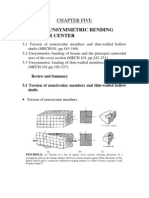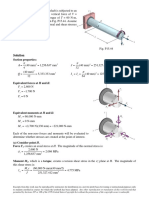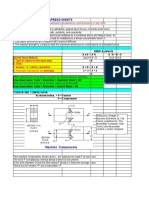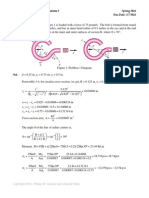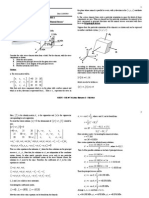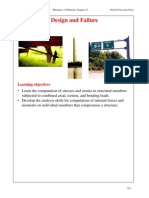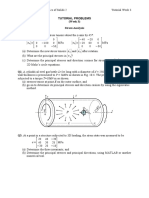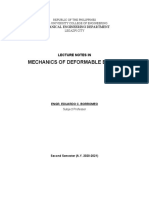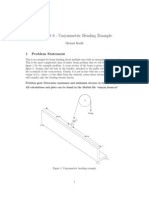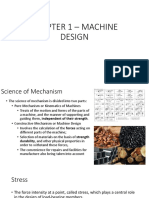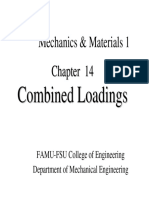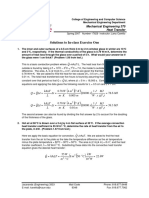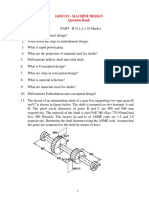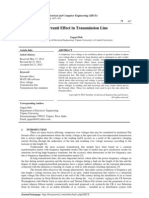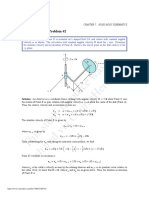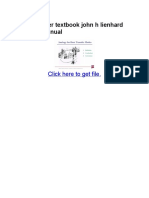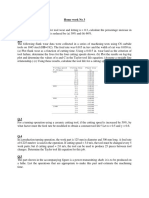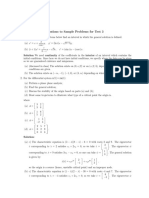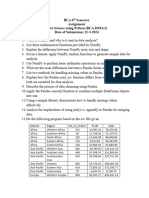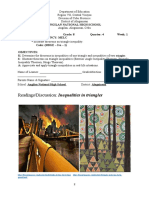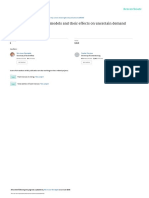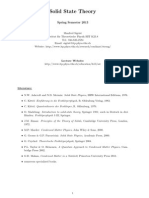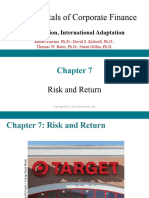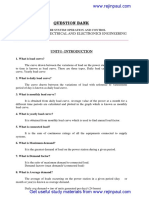0% found this document useful (0 votes)
85 views7 pagesChapter13 Problems
This document provides an example problem and solution for determining principal stresses in a hollow pipe subjected to external forces.
The pipe has inner and outer diameters of 2 cm and 2.15 cm respectively. A force of 80j + 40k N is applied. The principal stresses are calculated at two points on the pipe surface, A and B.
Stresses are determined by considering normal stresses from axial and bending loads, and shear stresses from bending and torsion. At point A, the principal stresses are 94.4 MPa and -281.4 MPa. At point B, normal stresses are from bending about the x-axis, and shear is from torsion only.
Uploaded by
HarishCopyright
© © All Rights Reserved
We take content rights seriously. If you suspect this is your content, claim it here.
Available Formats
Download as PDF, TXT or read online on Scribd
0% found this document useful (0 votes)
85 views7 pagesChapter13 Problems
This document provides an example problem and solution for determining principal stresses in a hollow pipe subjected to external forces.
The pipe has inner and outer diameters of 2 cm and 2.15 cm respectively. A force of 80j + 40k N is applied. The principal stresses are calculated at two points on the pipe surface, A and B.
Stresses are determined by considering normal stresses from axial and bending loads, and shear stresses from bending and torsion. At point A, the principal stresses are 94.4 MPa and -281.4 MPa. At point B, normal stresses are from bending about the x-axis, and shear is from torsion only.
Uploaded by
HarishCopyright
© © All Rights Reserved
We take content rights seriously. If you suspect this is your content, claim it here.
Available Formats
Download as PDF, TXT or read online on Scribd
/ 7



